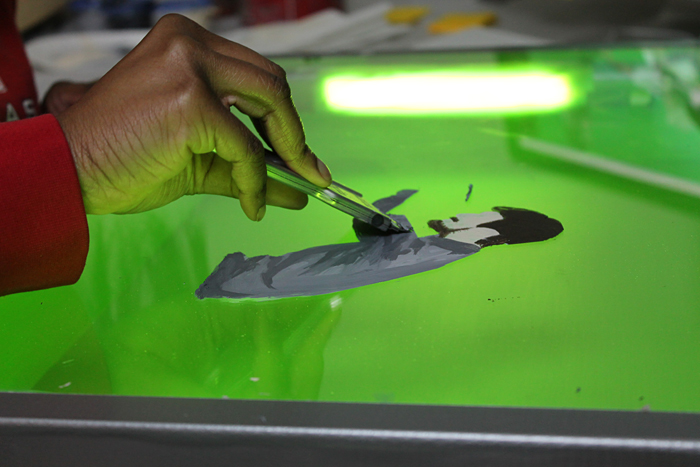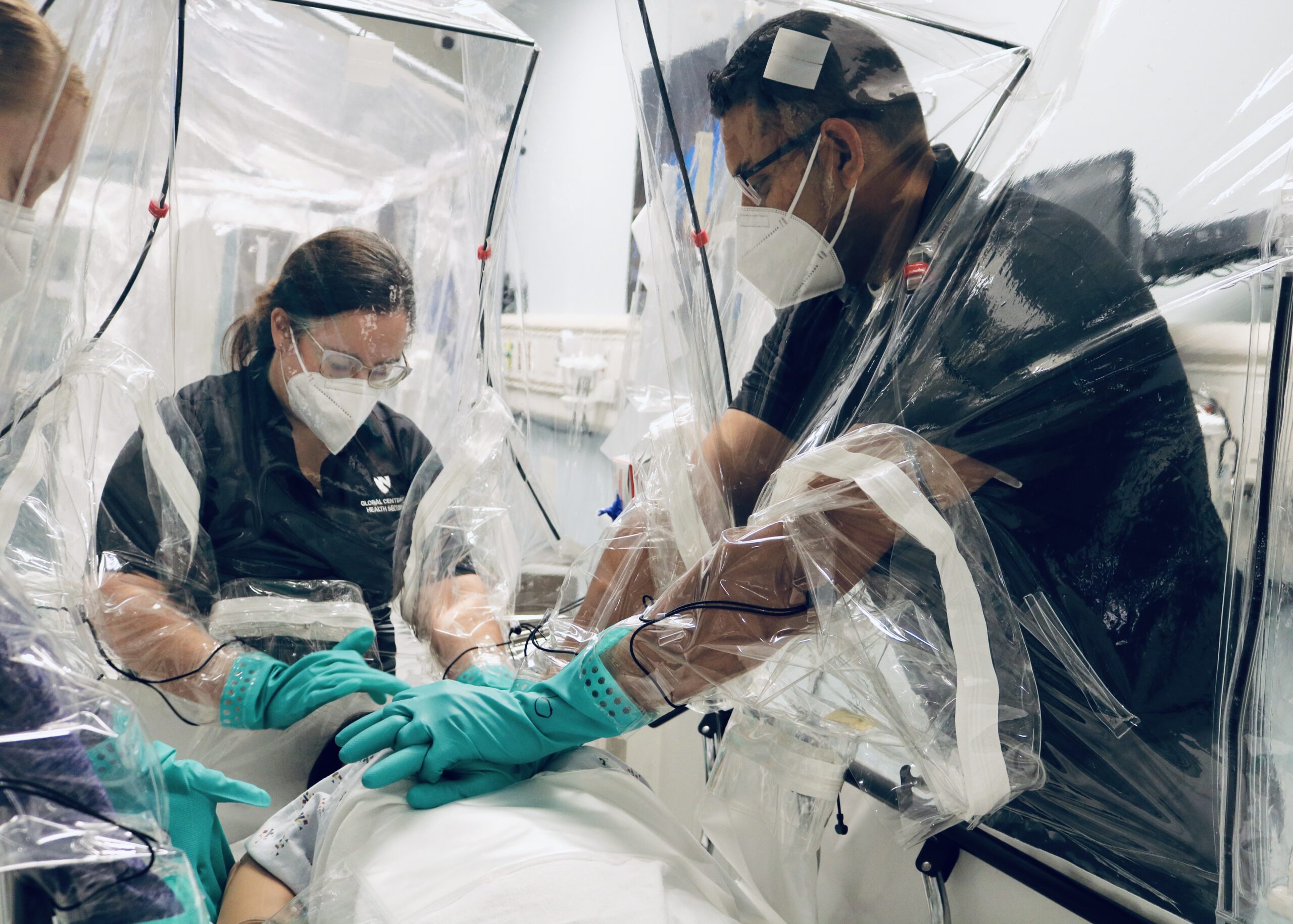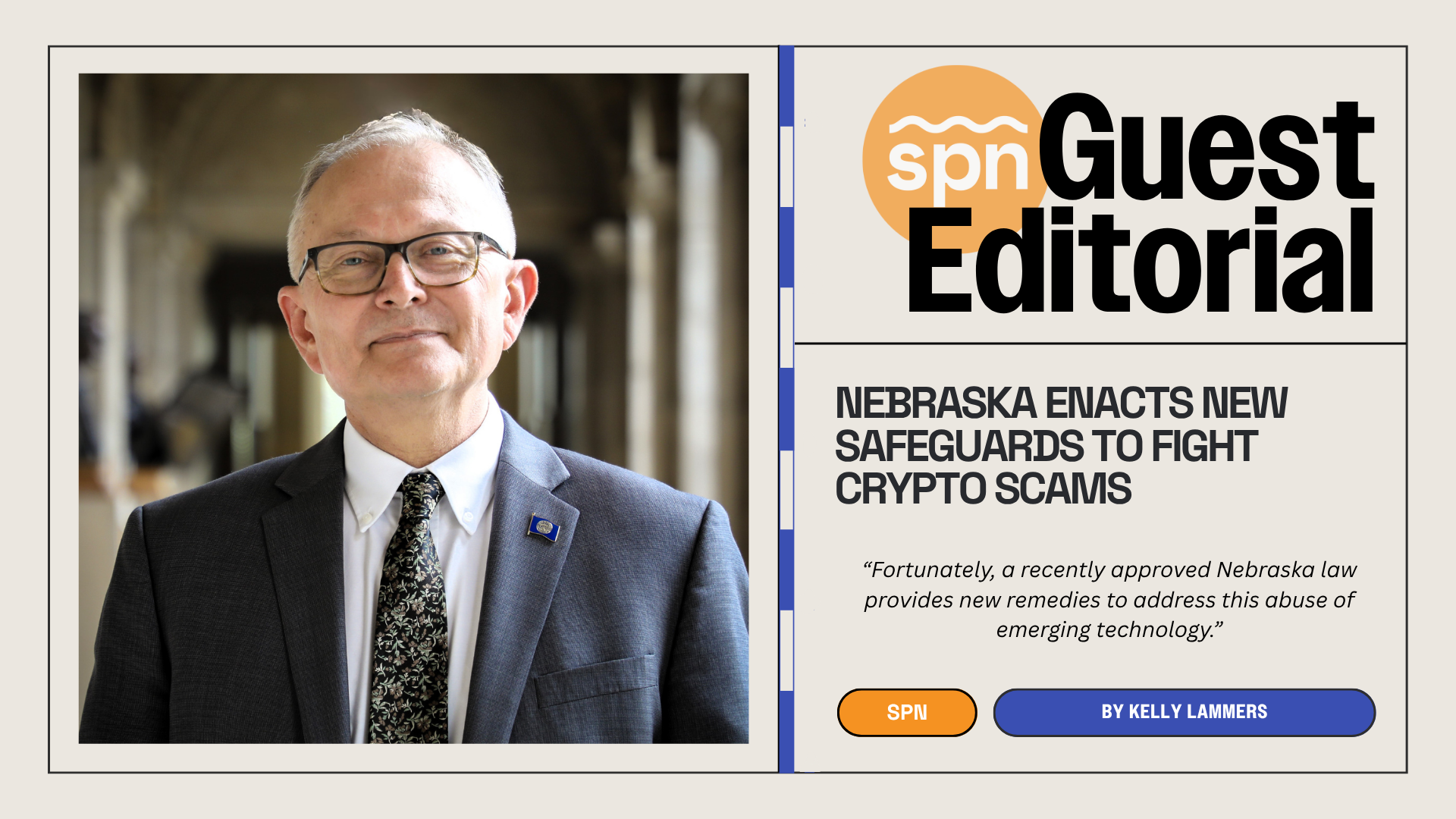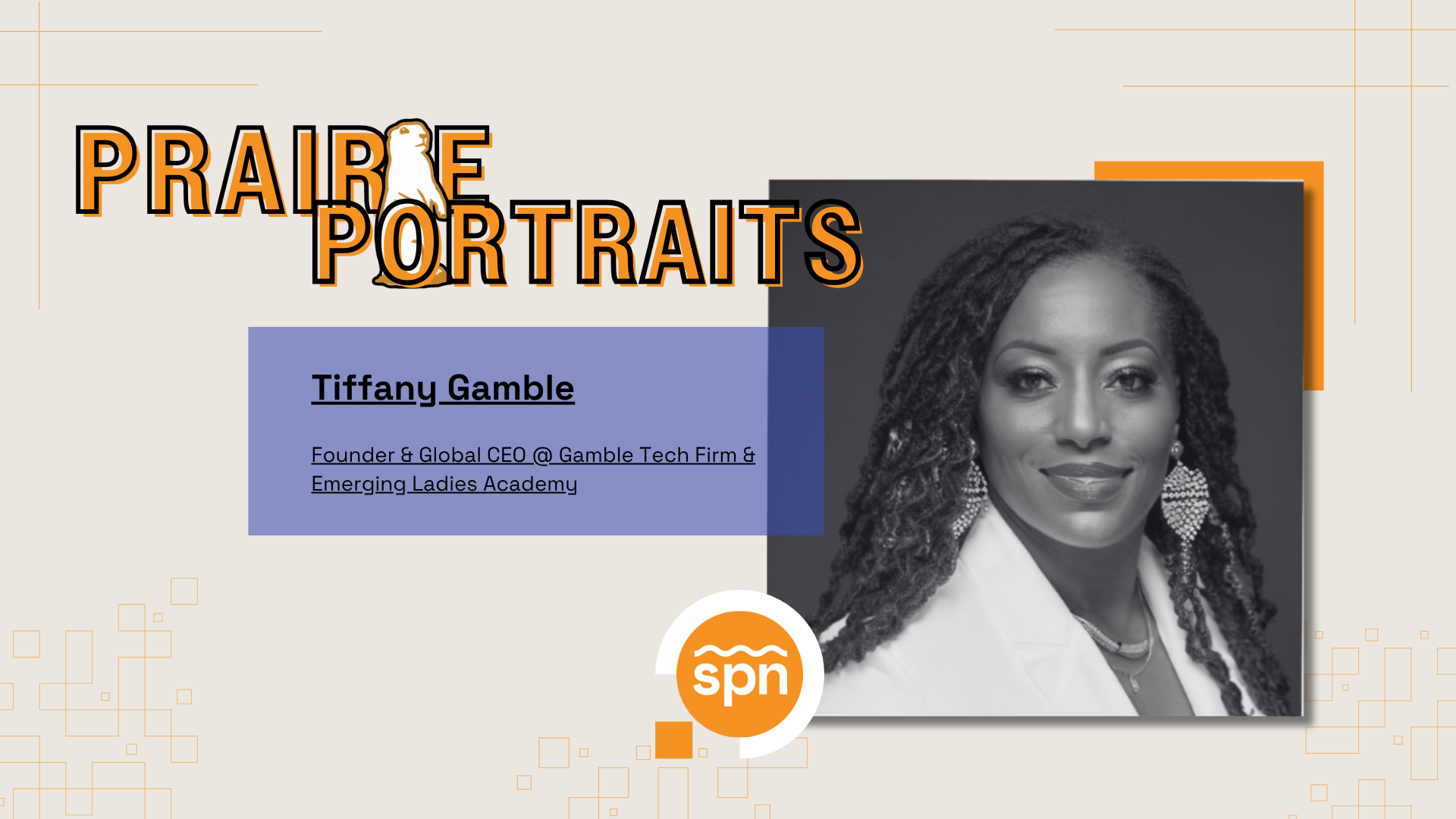
The team is a collaboration of historians, artists, filmmakers and creative writers who are using deeply researched historical analysis to render an aesthetically appealing, innovative and widely accessible form of animation to tell real stories. Starting with Ann Williams’ story, they hope to produce and market more films and animations around historical cold cases.
The story of Ann[a] Williams is one of survival.
“She was known in literature by the name of Anna, her enslaved name,” said William G. Thomas III, co-producer and lead scholar for Ann[a] and Professor of History at UNL. “For 200 years her name has been forgotten and changed by the public. This dramatic event in early Washington D.C. history has been highlighted by anti-slavery reformers and abolitionists, yet they didn’t bother to talk about her name, her story, and what happened to her.”
SPN: Why did you pick the combination of rotoscoping, keyframing, 2D and 3D animation?
KD: We want to give it more ground, and expand the way we look at the subject matter. What we mostly know about slavery comes from mainstream Hollywood. These stories are told in specific ways, focusing on particular things that happened.
For example, you’re going to get the whip and the chain, rape, the cotton field, the auction block, etc. We wanted to take a story and show what life was like. We know about the danger and horrors, but there were those that did indeed survive. We wanted to explore what their lives were like once they were sold. We wanted to look at legacies that were past down to the enslaved, how they uplifted their children, and what happened within the home. We wanted to open up that interior.
WGT: We also wanted to bring in the imaginative and the symbolic elements of the story. The medium that we’re using takes the audience away from hyperrealism. I think there is tremendous interest in the subject, and we are linking that with animation in order to open it up to more audiences.
MB: We’re combining a variety of animation mediums and techniques and we kind of want it to look like the original etching of Ann[a]. We want to bring more people into the story by catching their eye at first.



SPN: Where is the research behind the project coming from?
WGT: I’ve been working on the history of the families of Maryland and Washington D.C. for about five years. I’ve been building the family networks based on court documents from Washington D.C. I am also putting them in digital form so that students, teachers, scholars and descendants of the families can access them.
I have been working on these cases to write a book about the families. The story of Ann came out of this research. At first we didn’t know who Ann Williams was, but it became clear after looking at things like affidavits and receipts of payment who she was.

For example, this receipt shows that a man named George Miller paid $5 for Ann. The price of an enslaved woman or man was around $180 or $200. The date and the price, as well as the purchaser’s name, tell us that this is the woman that jumped out of the window at Miller’s F St. tavern in 1815 and broke her back and arms. We are able to put those pieces together like a historical cold case, and this entirely different proposition came forward for who Ann was and why she jumped out of the window.

KD: I think technology is changing the way children learn in the classroom.
WGT: We are giving them these raw materials of the past so that a young student can hold things like a receipt of payment for a slave in their hand and consider what it really means. It’s called historical thinking, it’s already happening in colleges, and I think it’s going to move its way through the K-12 curriculum within the next five to ten years. These tools and windows to the past are not only going to be necessary, but highly valued as well.
KD: That’s what makes this project personal for the audience. Now I can ask my students what it feels like when there is a piece of paper that says you are no longer an enslaved person. That is something to fathom and interpret.
SPN: Where do you want to see this project go?
MB: This is our beta of a collaboration that we want to keep going. We want to submit this to film festivals and make it available for many people to watch. I’ve done this with my other animations but now we are trying to bigger as a collaborative group. Firespring is helping us market the project. Best case scenario, we would love to have this be a short film that plays before a movie at the theater. We want to aim really high.
SPN: Why is this project so important to you and how are you adding to the project with your individual skills?
KD: I read the research over and over until I found the kernel that I needed. I also drew from my own emotional and psychological repository as to what I do to get myself through certain situations. It’s in the interior. It’s what you say to yourself that keeps you going. When I found the love story between a mother and a daughter, I thought about what stories the mother can pass down to her daughter.
I am a southerner through and through. I’m from South Carolina. I was able to pour the flesh over the skeleton too by adding how my mother, grandmother and aunts interacted with me and how I saw other mothers interact with their children, etc. I’m talking what they told me to get through life and adding that to the story. It means a lot to me because people survived enslavement. Others didn’t, some didn’t make it. But answering how the others made it means a lot to me and interests me. Chaos happens, trauma happens, but the kernel is in the story of how they survived.
WGT: Like Kwakiutl, I’m also from the South. I grew up in Alexandria, Virginia. My family has deep roots in Prince George’s county, where Ann came from, so I have a very direct connection to this history. I’m trying to understand that world In particular. This story is important to me because it highlights the contradiction of slavery in American history immediately after the Revolution. I want to understand that contradiction, and how someone lives with the paradox that there was slavery and freedom.
As a scholar, I want to make what has been largely invisible more visible and accessible. I want to open up history and give people the opportunity to use it, confront it, and work with it themselves, rather than only getting their history through a shrink-wrapped text book. This collaboration is about creating a new form of history.
SPN: While doing your research on your genealogy, are there parts that are hard to digest?
WGT: Yes, it has been difficult. I’m not prepared to share about it right now, but that is what I’m writing about for my book. I’m also meeting with the descendants of many of these families. It’s a meaningful and momentous thing for family members to be able to recover, see, and experience that history.
SPN: Why Hatchfund?
MB: Hatchfund in a way is us seeing what kind of traction we can get outside of our friends and family group. We want to explore the marketability and how the general public will respond to this. It’s also helping us see if what we are trying to convey is reaching the audience in the way we intended. Since Hatchfund is part of a not-for-profit organization, I felt that it was a good place to do our project. The customer service is also really fast and reliable.
See the full bio of the project on Hatchfund.org
—
Hatchfund is a free micro-philanthropy website for artists to crowdfund creative projects. The online platform is home to a thriving community of artists and arts patrons. The Hatchfund team supports artists in their online fundraising efforts with one-on-one support and exclusive match funds. Since its launch, Hatchfund has raised more than $12.1 million to support creative projects. For more information, visit hatchfund.org.
—
Mel Lucks is a regional freelance journalist and former intern for Silicon Prairie News and AIM.




